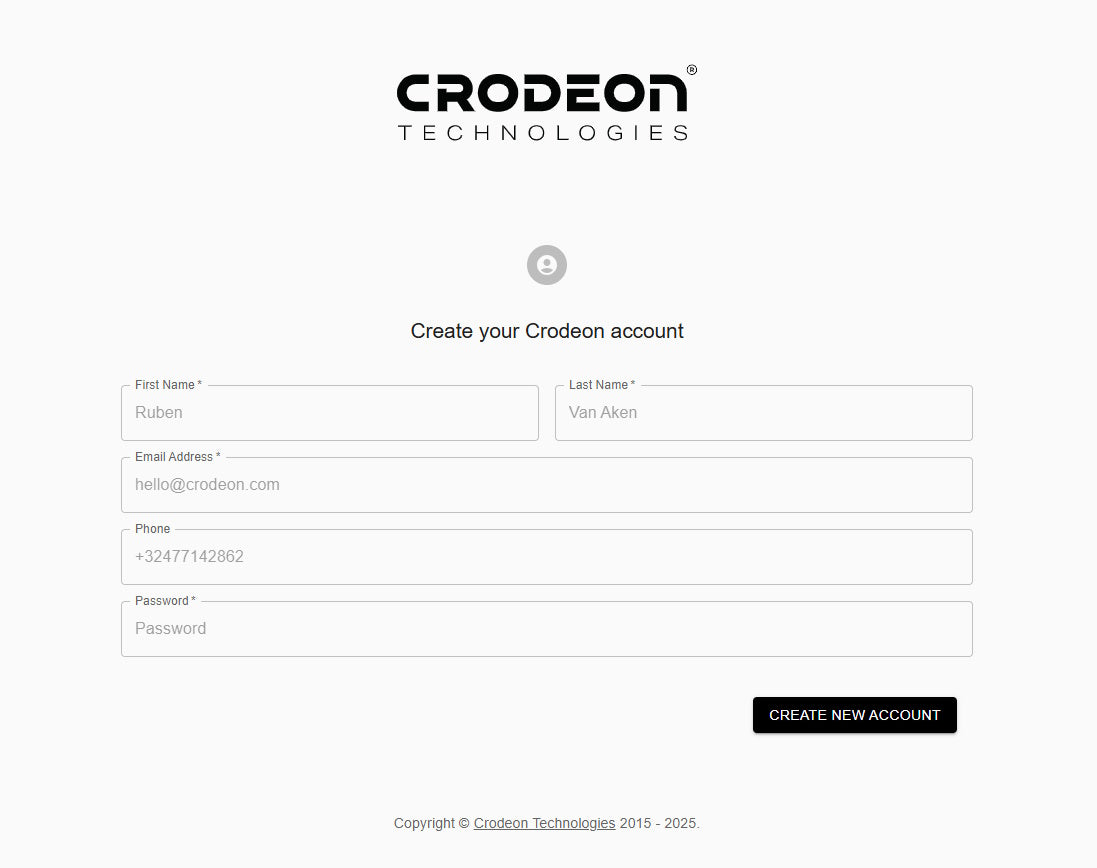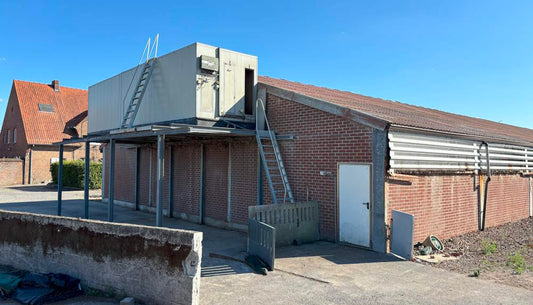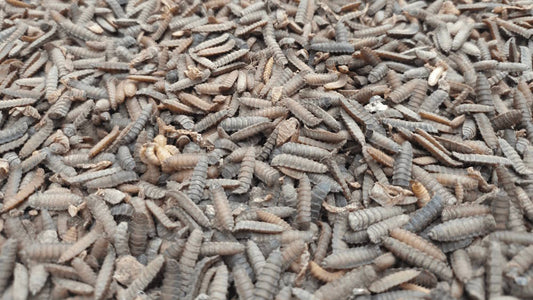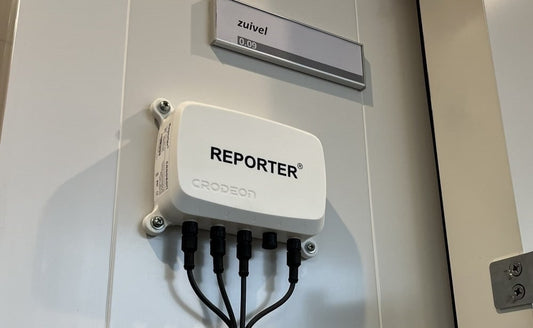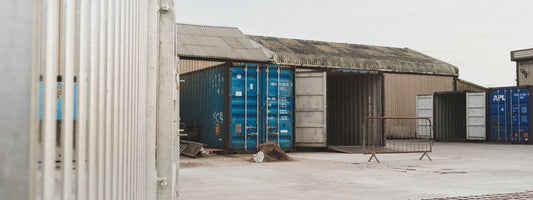Lux-Messung in Hühnerställen, Schweineställen und Ställen
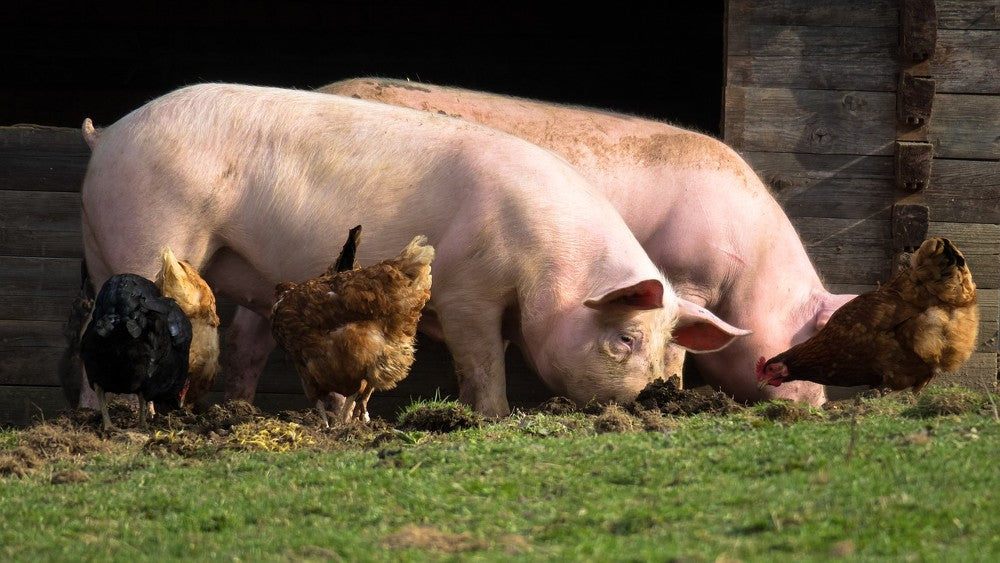
Sie benötigen also einen Lichtsensor, sind sich aber nicht sicher, welcher der richtige ist. Es ist wichtig zu beachten, dass Lux und Lumen sich von PAR (für Pflanzen) unterscheiden. Sie sind nicht dasselbe und können nicht einfach ausgetauscht werden.
Sowohl Lux-Sensoren als auch PAR-Sensoren können für Ihre Anlage wertvoll sein. In diesem Blogbeitrag gehen wir näher auf die Messung von Lux ein und helfen Ihnen, den richtigen Sensor auszuwählen.
Lumen
Eine Lampe strahlt eine bestimmte Menge an Licht aus, die in Lumen angegeben wird. Dabei wird weder der Bereich noch die Richtung, in die das Licht abgestrahlt wird, berücksichtigt.
Eine 1000-Lumen-Lampe erscheint sehr hell, wenn sie 1 Meter von Ihnen entfernt ist. Erhöht sich die Entfernung auf 10 Meter, wirkt die Lampe plötzlich deutlich dunkler. Die Lumenanzahl selbst bleibt jedoch unverändert.
Lux-Messung
Lux gibt an, wie stark eine bestimmte Fläche beleuchtet wird, und berücksichtigt, wie viel Licht tatsächlich sein Ziel erreicht. 1 Lux entspricht 1 Lumen pro m2.
Betrachten wir erneut die 1000-Lumen-Lampe bei einer Entfernung von 1 Meter und 10 Metern. Bei einem Abstrahlwinkel von 70° beträgt der Lux-Wert jeweils 880 bzw. 8,8 – ein erheblicher Unterschied.
Tiergesundheit
Im folgenden Abschnitt gehen wir näher auf die Lux-Werte in der Geflügel- und Schweinezucht ein. Doch auch andere Tiere (Kühe, Pferde, Ziegen usw.) benötigen spezifische Lux-Werte in ihren Ställen oder Gehegen, um gesund zu bleiben. Die Lux-Messung mit Lux-Messgeräten ermöglicht es Ihnen, Ställe optimal für Ihr Vieh zu gestalten.

Lux in der Geflügelzucht
Für die Hühnerhaltung ist eine Mindestlichtintensität erforderlich, die je nach Hühnerart variiert. In der Regel wird eine Mindestbeleuchtung von 20 Lux für Hühner empfohlen. Diese 20 Lux sollten in Hüfthöhe der Hühner gemessen werden, nicht auf menschlicher Höhe!
Die Hypophyse im Hühnergehirn wird stark durch Licht beeinflusst. Diese Drüse reguliert Hormone, die das Eierlegen steuern. Es gibt jedoch keine einheitliche Meinung über das optimale Lichtniveau für Hühner.
Junge Küken benötigen mehr Licht, um sich in ihrer Umgebung zurechtzufinden und Futter sowie Wasserquellen zu erkennen. Für Legehennen-Küken wird ein Minimum von 30 Lux empfohlen. Mastküken benötigen mindestens 10 Lux, aber nicht mehr als 20 Lux in dieser Phase.
Sobald die Tiere älter sind und ihren Stall kennen, wird weniger Licht benötigt. Bereits 5 Lux reichen in diesem Fall aus. Ältere Hühner scheinen ein geringeres Bedürfnis nach hohen Lichtwerten zu haben als jüngere. Die Lichtintensität beeinflusst zudem das Fressverhalten der Hühner und damit ihr Wachstum.
Die Lux-Messung kann mit einem Lux-Meter erfolgen. Dieses kann entweder mit einem autonomen und mobilen System wie dem Reporter oder mit einem fest integrierten System im Stall verbunden werden.
Auch Puten benötigen ähnliche Lichtverhältnisse. Während der ersten fünf Tage nach dem Schlüpfen benötigen sie etwa 100 Lux, um sich an ihre Umgebung zu gewöhnen. Danach kann die Beleuchtung auf 20 Lux reduziert werden, was ausreichend ist.

Lux in der Schweinezucht
Gemäß den EU-Tierschutzbestimmungen müssen Schweine in ihren Ställen mindestens 40 Lux für mindestens 8 Stunden pro Tag erhalten. Schweine müssen ihre Artgenossen erkennen können, um mit ihnen zu kommunizieren, und ihre Futter- und Trinkstellen problemlos finden. Studien haben gezeigt, dass die Melatoninproduktion bei Schweinen bei 40 Lux und mehr stoppt. Das bedeutet, dass 40 Lux für ein Schwein als helle Umgebung gilt.
Schweine bevorzugen jedoch natürlich geringere Lichtwerte. Zu intensive Beleuchtung sollte vermieden werden. Um das Schlaf- und Ruheverhalten zu fördern, sollten Schlafbereiche in den Ställen nur schwach beleuchtet sein. Studien haben gezeigt, dass junge Schweine deutlich lieber in dunkleren Bereichen von 4 Lux oder weniger schlafen und ruhen. Darüber hinaus kann eine Beleuchtung über 50 Lux zu erhöhtem Stress führen. Schweine, die mit 120 Lux aufgezogen wurden, waren zwar aktiver, aber ihre Blutwerte deuteten auf eine schlechtere Gesundheit im Vergleich zu Schweinen in dunkleren Umgebungen hin. Es ist jedoch wichtig zu erwähnen, dass Schweine keine Angst vor Licht haben.

Auch die Fortpflanzung wird durch Licht beeinflusst. Sauen, die 70-100 Lux ausgesetzt waren, brachten mehr und schwerere Ferkel zur Welt als Sauen, die nur 2-6 oder 10 Lux erhielten. Eine Haltung von Schweinen bei 400-700 Lux zeigte, dass weibliche Tiere nach dem Absetzen schneller wieder fruchtbar wurden.
Eine unzureichende Beleuchtung kann das Wohlbefinden der Schweine beeinträchtigen, indem sie Stress und Unruhe erhöht. Zu viel Licht (2500 Lux) kann sogar zu Augenschäden und Gewichtsverlust führen. Die Messung und Überwachung der Lux-Werte in Schweineställen ist daher ein wesentlicher Bestandteil eines jeden Tierhaltungs-Überwachungssystems.
Beim Thema Lichtwerte in der Schweinezucht sollten wir nicht zu sehr auf unsere menschliche Wahrnehmung vertrauen. Schweine sind nachweislich weniger empfindlich für rotes Licht als wir. Eine Beleuchtung mit einem rötlichen Farbton kann daher helfen, dass Menschen im Stall besser sehen, während die Schweine die Umgebung weiterhin als relativ dunkel empfinden.
Wie misst man Lux richtig?
Bei der Messung von Lux ist es wichtig, sich zu überlegen, für wen die Messung gedacht ist und ob zusätzliches Licht durch Fenster oder andere Bereiche einfällt.
- Die Lux-Messung sollte immer auf Augenhöhe der Tiere im Stall oder Gehege erfolgen.
- Um möglichst genaue Werte zu erhalten, sollten alle Beleuchtungskörper funktionstüchtig und sauber sein.
- Messen Sie mehrmals an derselben Stelle und berücksichtigen Sie, ob Umgebungslicht die Werte beeinflussen könnte.
- Eine Messung bei Nacht kann am zuverlässigsten sein, da Tageslicht ausgeschlossen werden kann.

Ihr eigenes mobiles Überwachungssystem
Egal, ob Sie Ihren Schweinestall oder Hühnerstall überwachen möchten – es gibt den passenden Sensor für Ihre Bedürfnisse. Die 24/7-Überwachung Ihres Betriebs ist essenziell. Sie möchten benachrichtigt werden, falls die Beleuchtung ausfällt und Ihr Stall im Dunkeln steht. Zudem sollten Sie analysieren können, ob die Lux-Werte tatsächlich auf dem richtigen Niveau sind. Falsche Lichtverhältnisse können Stress verursachen und langfristig die Gesundheit Ihrer Tiere beeinträchtigen. Die Nicht-Überwachung Ihrer Beleuchtung ist daher eine verpasste Chance.
Ein mobiles, autonomes Fernüberwachungssystem ermöglicht es Ihnen, Lux-Werte zu messen. Ein solches Sensormodul ist unser Plug-&-Play-System Reporter. Der Reporter sendet seine Messwerte in die Cloud, sodass Sie Ihre Anlage in Echtzeit überprüfen können. Zudem werden alle Daten protokolliert und können in Excel exportiert werden. So haben Sie stets die Möglichkeit, Ihre Lichtverhältnisse zu analysieren und zu optimieren.
Möchten Sie die Lux-Messung mit einem Smart Livestock Alarm kombinieren oder Ihre bestehenden Sensoren an ein Fernüberwachungssystem anschließen? Dann kontaktieren Sie uns – wir finden gemeinsam die beste Lösung für Ihre spezifische Anwendung.
Quellen:
Künstliche Beleuchtung in der Geflügelzucht
The Pig Site: Beleuchtung für Schweineställe
Dr. Nina Taylor: Beleuchtung für Schweineställe
Beleuchtung in Schweineställen: Die Grundlagen
Beleuchtung in Schweineställen: In der Praxis
Kontrollierte Umgebung für die Tierhaltung
Beleuchtung als Einflussfaktor auf das Wohlbefinden und die Produktion von Schweinen


